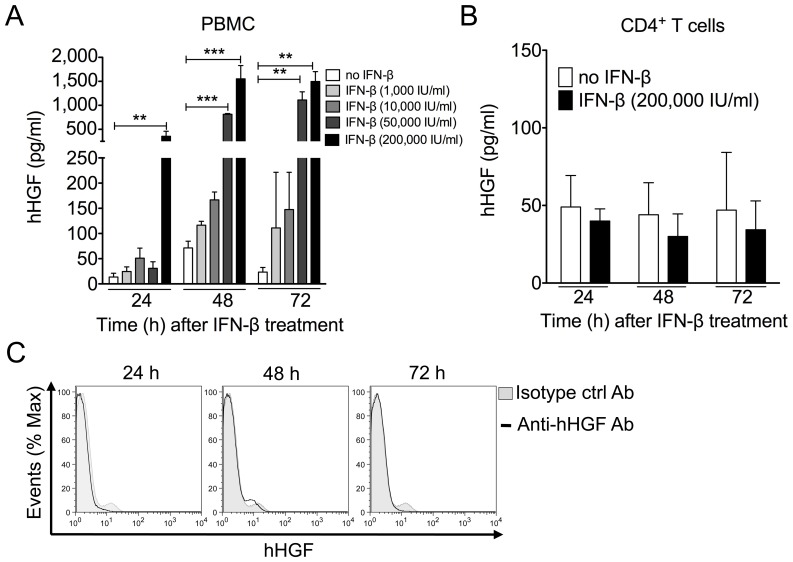Figure 1. IFN–β induces HGF production by PBMCs.
Human PBMCs or T cells were treated with IFN–β for the indicated time and dose. Culture supernatants were collected and HGF levels were evaluated using ELISA. (A) IFN–β increased release of HGF by human PBMCs in a time– and dose–dependent manner. (B) IFN–β did not stimulate HGF production by MACS–sorted CD4+ T cells. Data are expressed as means and standard deviations for triplicate wells of one representative experiment. **, p<0.01; ***, p<0.001, as determined by Student’s t test). (C) IFN–β did not induce cell–associated HGF levels by peripheral CD4+ T cells, as determined by flow cytometry. Cells were labeled with monoclonal anti–human HGF antibody or isotype control antibody and anti–human CD4 antibody. Representative histograms depict monoclonal anti–human HGF antibody (unfilled histogram) and isotype control antibody (filled histogram). Data are representative of three independent experiments.

